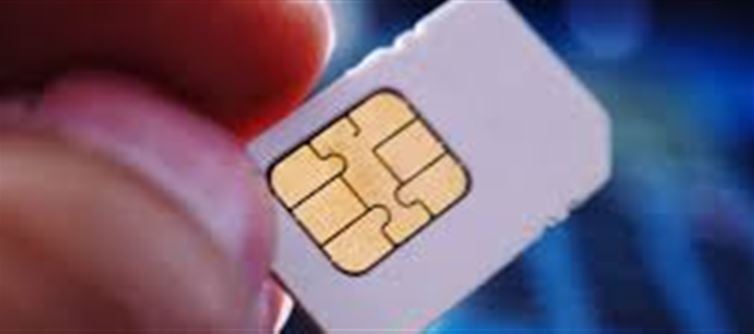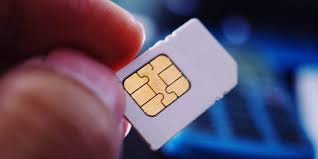
From handwritten letters to instant voice and video calls, communication has evolved dramatically. At the heart of modern mobile communication lies a small yet powerful chip—the SIM card. Here’s how this tiny device allows you to make calls across the globe.
1. What Is a SIM Card?
A SIM (Subscriber Identity Module) card is a small chip inserted into your phone that stores information about your mobile network subscription. It contains your unique identity (IMSI), phone number, and encryption keys, allowing your phone to connect to cellular networks securely.
2. Connecting to the mobile Network
When you make a call, your SIM card communicates with nearby cell towers. It identifies your phone to the network and establishes a secure channel for voice, data, and text. This ensures that your calls and messages reach the right recipient anywhere in the world.
3. International Calls Made Easy
SIM cards work globally through roaming agreements between mobile network operators. When you travel abroad, your SIM card automatically connects to a partner network in that country, allowing you to call, text, and use mobile data as if you were at home.
4. Security and Encryption
Every call or message sent through a SIM card is encrypted, protecting your communication from interception. The SIM card stores encryption keys, which are used to encode and decode information, ensuring privacy for users worldwide.
5. More Than Just Calls
Beyond voice calls, SIM cards enable:
Text messaging (SMS)
Mobile internet access (3G, 4G, 5G)
Mobile banking and wallet PLATFORM' target='_blank' title='digital-Latest Updates, Photos, Videos are a click away, CLICK NOW'>digital payments
Two-factor authentication for apps
This tiny chip is crucial for multiple services we rely on daily.
6. Evolution of SIM Cards
SIM cards have evolved from full-size cards to mini, micro, and nano SIMs, and now eSIMs, which are embedded directly into devices. This evolution has made phones slimmer, smarter, and easier to use, without compromising connectivity.
7. How Calls Travel Across the Globe
When you call someone internationally:
Your SIM card sends a request to your mobile network.
The network routes the call through international gateways and undersea cables.
The recipient’s network receives the call, identifying it via the SIM card.
All of this happens in seconds, making global communication seamless.
8. SIM Cards and wallet PLATFORM' target='_blank' title='digital-Latest Updates, Photos, Videos are a click away, CLICK NOW'>digital Identity
SIM cards also act as a digital ID, linking your mobile number to services like bank accounts, messaging apps, and government verification systems. This makes them essential for secure wallet PLATFORM' target='_blank' title='digital-Latest Updates, Photos, Videos are a click away, CLICK NOW'>digital communication.
9. Troubleshooting SIM Issues
Common SIM card issues include:
No network signal
SIM not detected
Roaming problems
Most problems can be resolved by re-inserting the SIM, checking network settings, or contacting the service provider.
10. The Future: eSIM and IoT Connectivity
The future of SIM technology lies in eSIMs and IoT (Internet of Things) devices, which will allow multiple devices to connect seamlessly without physical SIM cards. This promises smarter, always-connected devices, from cars to smart homes.
✅ Bottom Line
A SIM card may be tiny, but it’s the backbone of global communication, connecting billions of people safely and efficiently. From making a simple call to enabling complex wallet PLATFORM' target='_blank' title='digital-Latest Updates, Photos, Videos are a click away, CLICK NOW'>digital services, this little chip continues to transform how we connect in the modern world.
Disclaimer:
The views and opinions expressed in this article are those of the author and do not necessarily reflect the official policy or position of any agency, organization, employer, or company. All information provided is for general informational purposes only. While every effort has been made to ensure accuracy, we make no representations or warranties of any kind, express or implied, about the completeness, reliability, or suitability of the information contained herein. Readers are advised to verify facts and seek professional advice where necessary. Any reliance placed on such information is strictly at the reader’s own risk.




 click and follow Indiaherald WhatsApp channel
click and follow Indiaherald WhatsApp channel